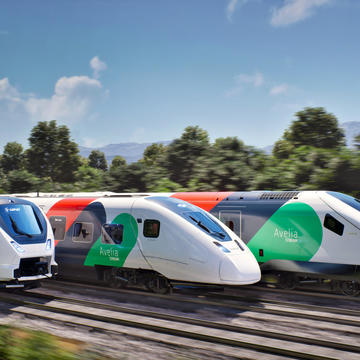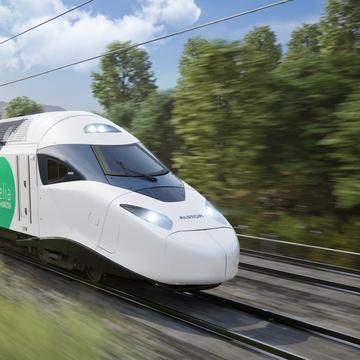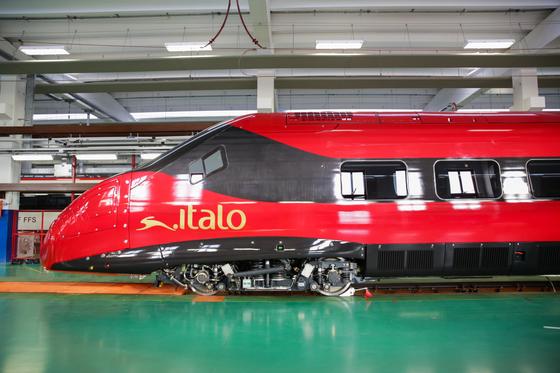
Avelia Stream: Continuous innovation in high-speed rail
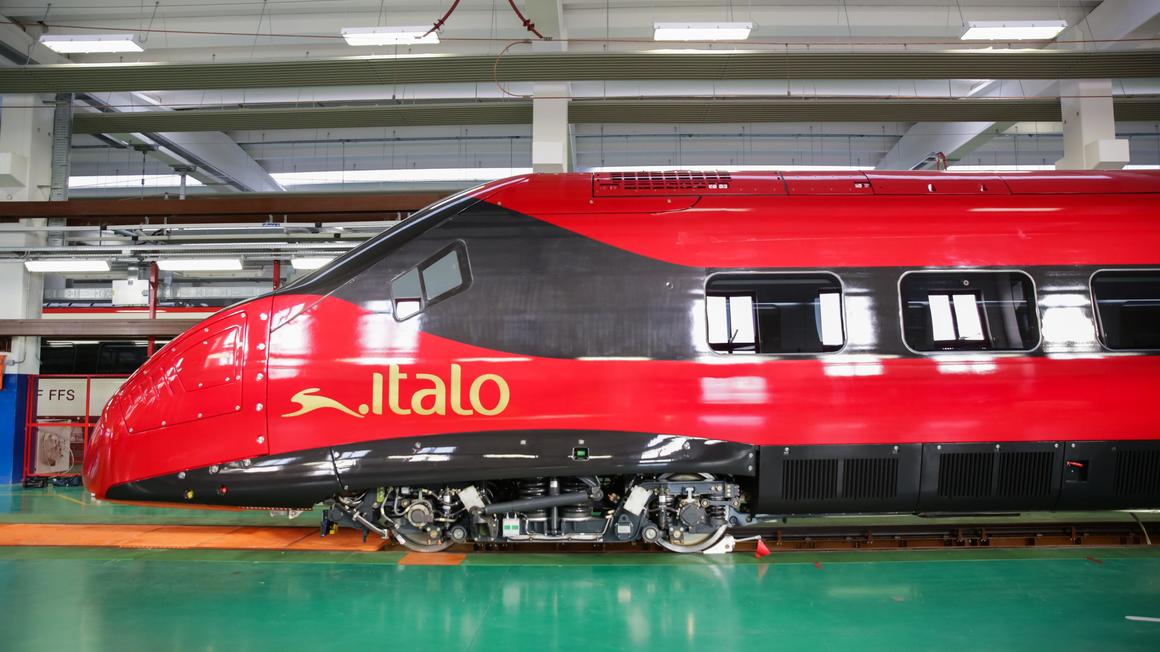
From its origins in the 1970s, the versatile Avelia Stream single-deck high-speed train has continuously evolved to meet the needs of the rail market worldwide, with successive generations of trains improved through rigorous attention to ‘return on experience’ and new technologies.

Emilie Martefon, RSC Platforms Product Manager, is French and has been living in Italy for 18 years. With a background in engineering and IT, she joined Alstom in 2008 and has worked mainly in tendering. When not at work, she likes to take advantage of the Italian countryside, skiing in the mountains or taking trips to the coast. An avid cyclist, she takes her bike on the trains when she ventures further afield.
Connect with Emilie on LinkedIn!
As Alstom develops the next generations of high-speed train, in which direction would you say is the market growing?
The Avelia portfolio is the widest portfolio in the high-speed rail market. This portfolio enables us to find the best solution for each operator. Within this large portfolio is Avelia Stream, which is a single-deck train designed with a distributed-traction architecture and conventional bogie arrangement. This is an attractive option for many operators.
Overall, we see quite a good market worldwide, the United States is currently investing in new high-speed rail, and many new opportunities coming in Europe. A good illustration is the growing number of operators (new or historical) publicly announcing that they are contemplating creating new high-speed service. As the rail market changes, and the Avelia Stream platform is well placed to respond to differing customer needs.
How has Alstom’s popular single-deck high-speed train Avelia Stream evolved over time?
Avelia Stream began life as Pendolino, and was born as a tilting train, which allowed it to take bends at high-speed, gaining considerable time on intercity journeys. It was originally developed and produced by Fiat Ferroviaria in the 70s at Savigliano site in Italy, which now belongs to Alstom and is where I am based. The first train started service here in Italy in 1976, operating on the Milan-Rome route.
Since then, we have had several generations of the train, each time incorporating the return on experience from the previous generation, as well as new designs and new technologies. Each generation has been an improvement over the previous one, with upgrades also taking into account the latest standards and norms. I am proud to say that Avelia Stream is a real success story, with over 500 trains sold in 15 countries worldwide.
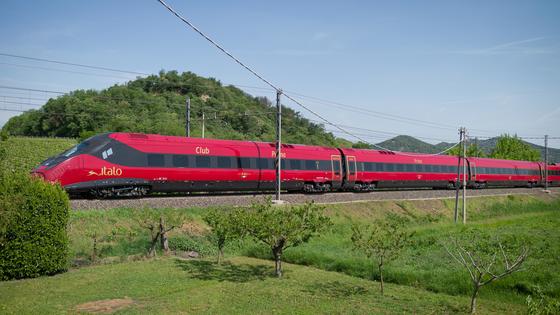
What is the latest direction for Avelia Stream?
Avelia Stream’s single-deck architecture is a competitive solution for many customers, as well as its flexibility, reliability and good performance. The first important change has been the renaming of the train to Avelia Stream to reflect the fact it should now be considered as a product range, with the train flexible enough to be adapted for each operator.
In the ongoing development of the train, we focus on maximising passenger capacity and minimising the total cost of ownership, which considers not only the price of buying the trains, but includes energy and maintenance costs. Ultimately, we’re minimising the Total Cost of Ownership (TCO) per seat and this is important for all operators, but particularly the newer ones who need to justify ambitious business cases.
In general, what are the main targets when developing an Alstom high-speed range?
One of our main target is offering our high-speed trains as semi-customisable. Our aim is to find and develop the best balance between the benefit that we have from a proven and reliable platform and the flexibility needed to address different customer needs. For example, customers want to run trains at different speeds between 250km/h and 350km/h, but they also usually like to have their unique identity reflected in their trains. So we anticipate flexibility, but still leverage our return of experience on some frozen design areas.

